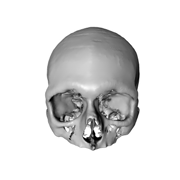Digression: Helium Baloons
Helium baloons and light: Off the point I know, I just really like the very end bit when people are saying good night to each other.Burble London, open to the public to celebrate London Fashion Week, launched at 8.20pm on Sunday September 16, 2007 at Holland Park, London.
The Burble is a massive carbon-fibre structure reaching up towards the sky, composed of approximately 1000 extra-large helium balloons each of which contains microcontrollers and LEDs that create spectacular patterns of light across the surface of the structure.
The Burble is held down to the ground by the combined weight of the crowds holding on to the handle bar. They may position it as they like. They may curve in on themselves, or pull it in a straight line - the form is a combination of the crowd's desires and the impact of wind currents varying throughout the height of the Burble.
As people on the ground shake and pump the handle bars of the Burble, they see their movements echoed as colours through the entire system. Part installation, part performance, the Burble enables people to contribute at an urban scale to a structure that occupies their city, albeit for only one night.
More info: http://www.haque.co.uk/burblelondon.php



















































